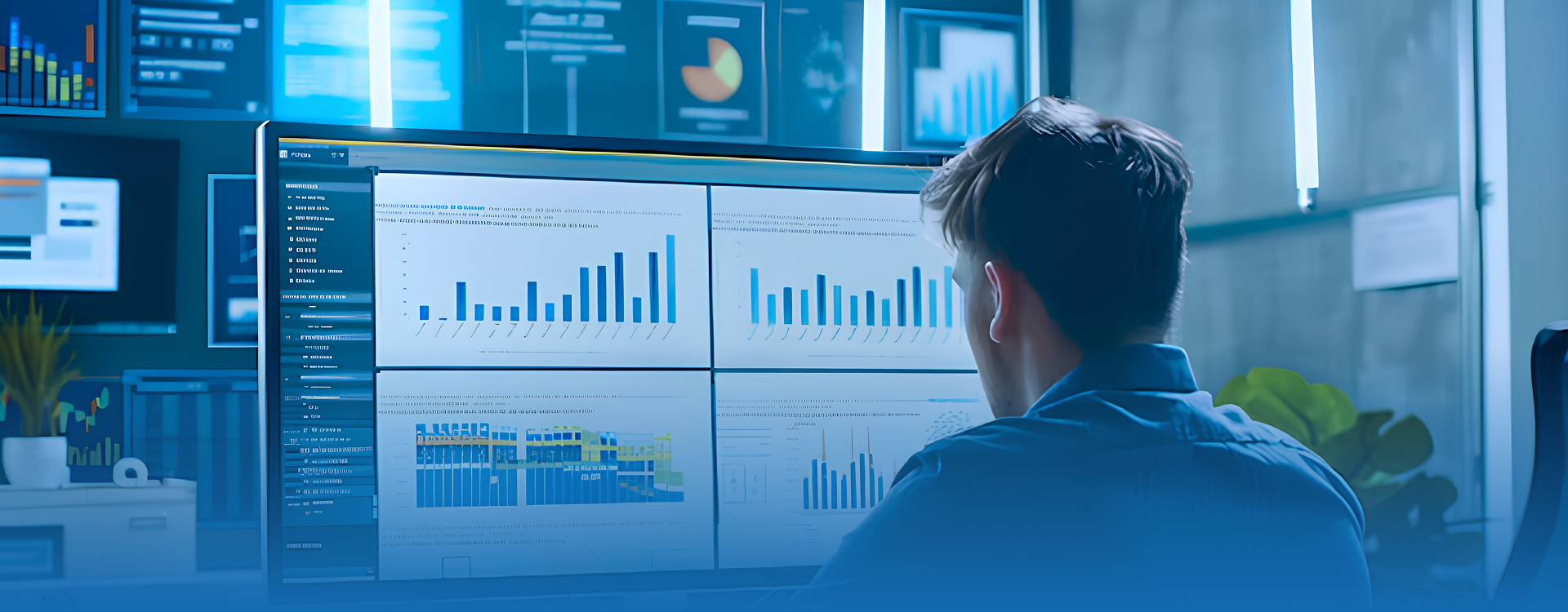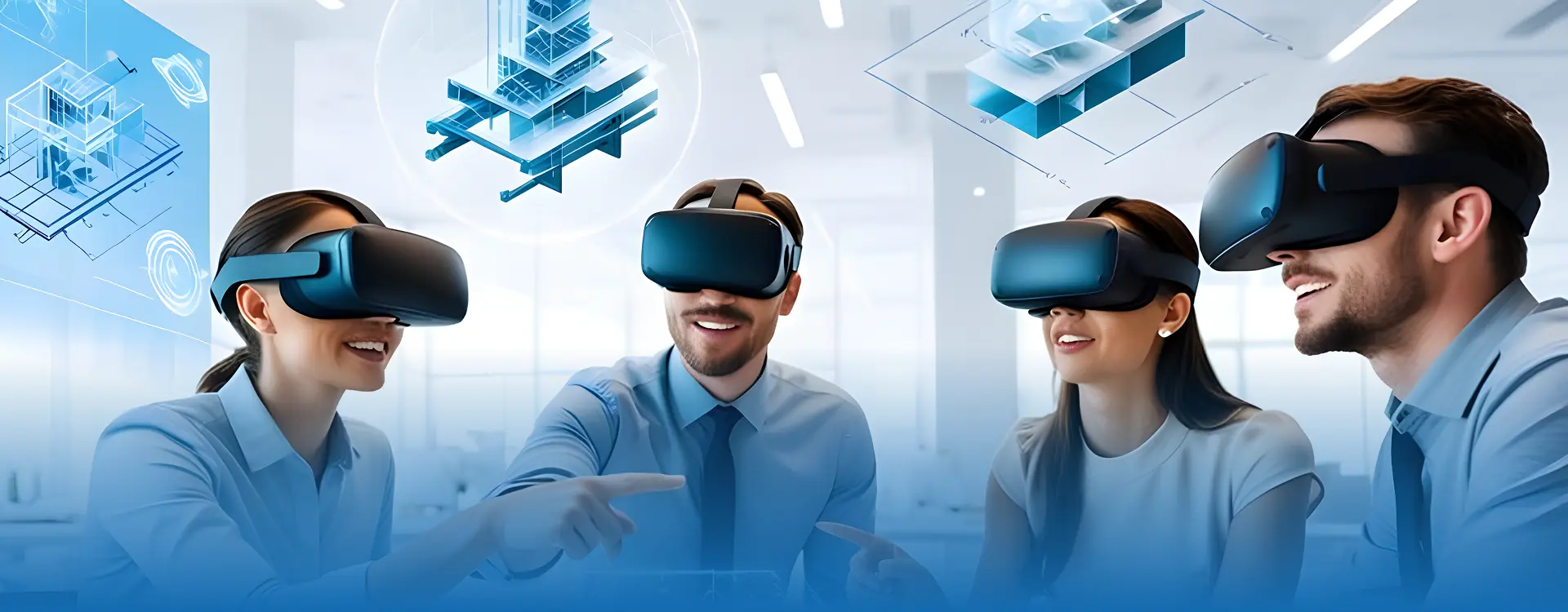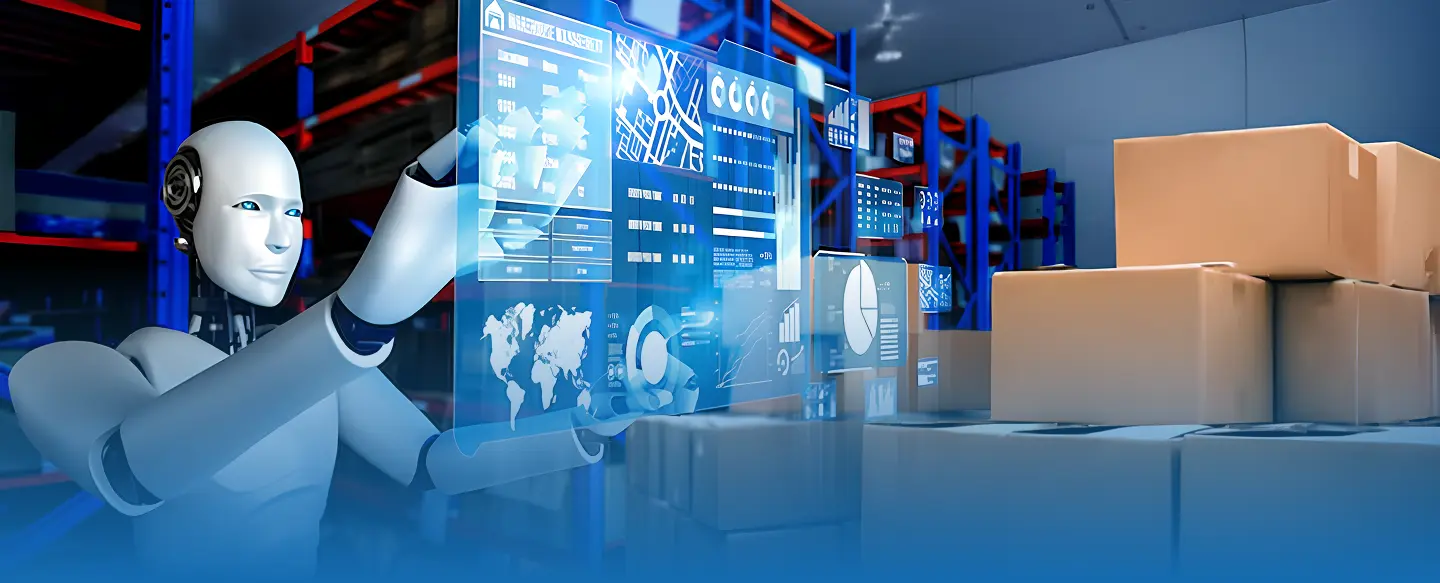
Software Development Trends to Watch in 2025
Introduction
The world of software development is evolving faster than ever. In 2025, many trends that started gaining traction in recent years will become even more important.
Companies are investing heavily in modernizing their software systems, increasing automation, improving security, and finding new ways to deliver better user experiences. According to Statista, global spending on digital transformation is expected to reach $3 trillion by 2025.
In this article, we’ll explore the top software development trends that will shape the industry in 2025. It covers the detailed insights into how these trends will impact businesses, developers, and end-users. Whether you are a software developer, project manager, or business leader, understanding these trends will help you stay competitive and make informed decisions in this year.
Artificial Intelligence and Machine Learning
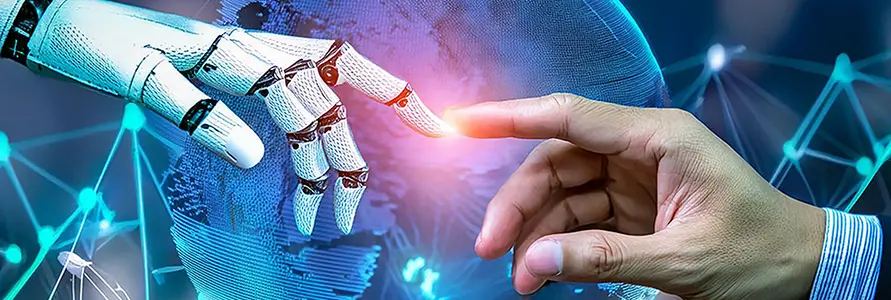
Artificial Intelligence (AI) and Machine Learning (ML) have been growing rapidly over the past decade, but in 2025, they will become even more essential tools for software development. AI and ML allow computers to analyze large amounts of data, learn from patterns, and helps in decision-making.
 Why AI and ML Matter in 2025
Why AI and ML Matter in 2025
Faster Development: AI-powered tools like GitHub Copilot help developers write code faster by suggesting code snippets and even fixing errors automatically.
Smarter Applications: AI will enable more intelligent software that can predict user behavior, automate customer service, and improve decision-making.
Automated Testing: AI can automatically test software for bugs, reducing the time and effort developers spend on manual testing.
 Examples of AI and ML in Action
Examples of AI and ML in Action
Netflix uses AI to recommend shows and movies based on viewing habits.
Tesla uses machine learning for its self-driving cars.
Google Search uses AI to deliver better search results based on user intent.
Market Insights
Low-Code & No-Code Development
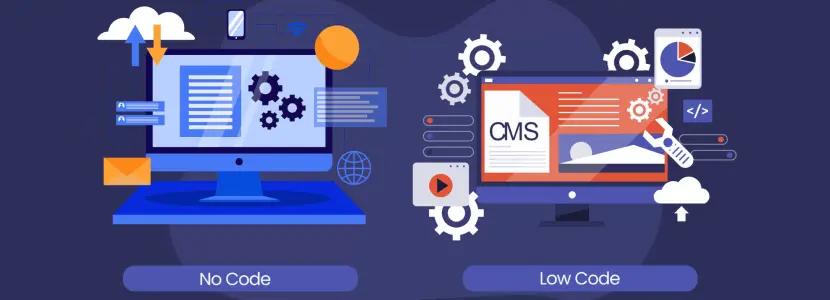
Low-code and no-code development platforms allow people to build applications without writing code or with minimal coding knowledge. These platforms use drag-and-drop interfaces and pre-built templates to speed up development.
 Why Low-Code and No-Code Matter in 2025
Why Low-Code and No-Code Matter in 2025
Faster Development: Developers can create applications in days rather than weeks or months.
Lower Costs: Companies can save money by reducing the need for large development teams.
Empowering Non-Developers: Business users (like marketers and managers) can create their own apps without needing to know how to code.
 Examples of Low-Code/No-Code Platforms
Examples of Low-Code/No-Code Platforms
OutSystems – A popular low-code platform for enterprise apps.
Zapier – A no-code tool that automates workflows between different apps.
Bubble – A no-code platform for building web applications.
Market Insights
| Metric | Value | Source |
|---|---|---|
| Low-code market value in 2025 | $45.5 billion | MarketsandMarkets |
| Percentage of businesses using low-code platforms | 70% | Gartner |
| Estimated reduction in development time with low-code tools compared to traditional development | 50% – 90% | Path Finder Report |
Cloud-Native Development
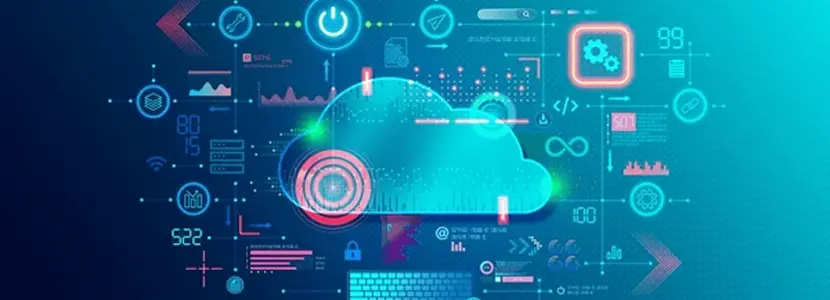
Cloud-native development refers to building applications specifically designed to run in the cloud. Cloud-native apps are built using microservices and containerization, making them scalable and easy to update.
 Why Cloud-Native Matters in 2025
Why Cloud-Native Matters in 2025
Scalability: Apps can easily handle more users by adding more cloud resources.
Cost Efficiency: Companies only pay for the resources they use.
Faster Updates: Developers can release new features and updates more frequently.
 Examples of Cloud-Native Tools
Examples of Cloud-Native Tools
Amazon Web Services (AWS) – The leading cloud platform.
Google Kubernetes Engine – A tool for managing containerized applications.
Microsoft Azure – A popular cloud platform for enterprise apps.
Market Insights
| Metric | Value | Source |
|---|---|---|
| Cloud services market size in 2025 | $912.77 billion | Cloud Stats |
| Cloud services adoption in 2025 | $723.42 billion | Statista |
| Percentage of new applications built as cloud-native | 95% | Gartner |
Edge Computing
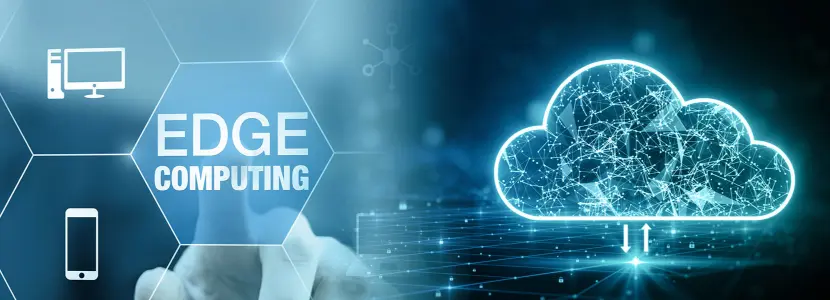
Edge Computing involves processing data closer to where it’s generated rather than relying on centralized cloud servers. This reduces lag and speeds up data processing.
Market Insights
| Metric | Value | Source |
|---|---|---|
| Edge computing market size in 2025 | $16.557 billion | Allied Market Research |
Blockchain and Decentralized Applications (dApps)
Blockchain is a secure, decentralized way of storing data and processing transactions. In 2025, it will expand beyond cryptocurrency into areas like supply chain, healthcare, and voting systems.
 Why Blockchain Matters in 2025
Why Blockchain Matters in 2025
Better Security: Transactions are encrypted and cannot be altered.
Transparency: Every transaction is recorded on the blockchain.
Decentralization: No single entity controls the network.
 Examples of Blockchain Applications
Examples of Blockchain Applications
Bitcoin – Digital currency using blockchain technology.
Ethereum – Platform for building smart contracts and dApps.
IBM Food Trust – Uses blockchain to track food safety.
Market Insights
| Metric | Value | Source |
|---|---|---|
| Blockchain market size in 2025 | $49.18 billion | Blockchain Global Market Report |
| Growth rate of dApps adoption | 22.2% | Reports and Insights |
Cybersecurity and DevSecOps
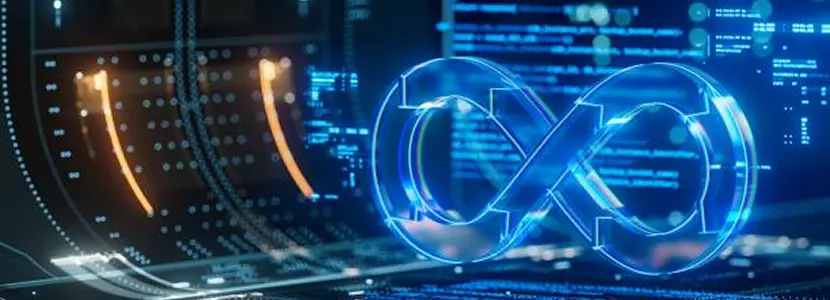
As software systems grow more complex and interconnected, the risk of cyberattacks also increases. In 2025, cybersecurity will become a top priority for businesses of all sizes. Developers will need to integrate security into every stage of the software development lifecycle (SDLC) — a practice known as DevSecOps (Development, Security, and Operations).
 Why Cybersecurity and DevSecOps Matter in 2025
Why Cybersecurity and DevSecOps Matter in 2025
Rising Cyberattacks: Cyberattacks are becoming more sophisticated and frequent.
Data Privacy Regulations: Governments are introducing stricter data privacy laws like the GDPR (Europe) and CCPA (California).
Shift-Left Strategy: Developers will focus on security earlier in the development process to catch vulnerabilities before they become problems.
 Trends in Cybersecurity
Trends in Cybersecurity
Zero Trust Security: Every user and device is treated as a potential threat until verified.
AI-Powered Threat Detection: AI and machine learning will help identify and stop threats in real-time.
Secure Coding Practices: Developers will use secure frameworks and libraries to reduce vulnerabilities.
 Examples of Cybersecurity Tools
Examples of Cybersecurity Tools
CrowdStrike: AI-driven threat detection platform.
Splunk: Security monitoring and incident response.
Cloudflare: Protects websites from DDoS attacks and other online threats.
Progressive Web Apps (PWAs)
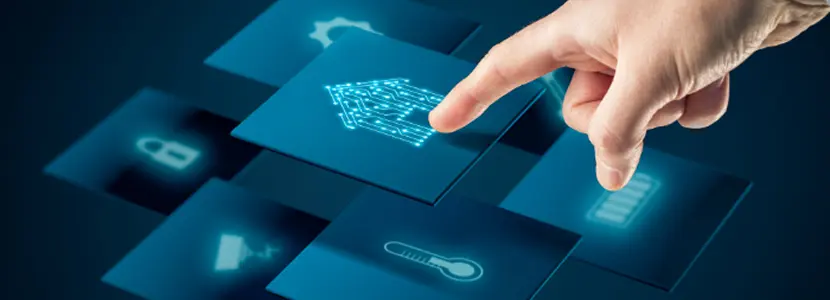
Progressive Web Apps (PWAs) combine the best of web and mobile apps. They are websites that behave like native mobile apps, offering fast load times, offline access, and push notifications. PWAs are becoming popular because they are easier and cheaper to develop and maintain than native apps.
Market Insights
| Metric | Value | Source |
|---|---|---|
| PWA market value in 2025 | $5.23 billion | Straits Research |
| Higher engagement with PWAs vs. websites | 50% | App Institute |
Internet of Things (IoT)

The Internet of Things (IoT) refers to the network of connected devices that collect and share data over the internet. From smart home devices to industrial sensors, IoT will continue to grow rapidly in 2025 as more businesses and consumers adopt smart technologies.
 Why IoT Matters in 2025
Why IoT Matters in 2025
Data-Driven Decisions: IoT devices collect valuable data that businesses can use to provide better customer service.
Automation: IoT enables smart automation, such as predictive maintenance in factories.
Cost Savings: Real-time monitoring helps reduce waste and improve operations.
 Examples of IoT in Action
Examples of IoT in Action
Smart Thermostats – Adjust temperature based on user habits.
Industrial Sensors – Monitor machine performance and predict failures.
Smart Cities – Traffic lights that adjust based on real-time traffic patterns.
Market Insights
| Metric | Value | Source |
|---|---|---|
| Global IoT market size in 2025 | $629.5 billion | Business Research |
| Number of connected IoT devices by 2025 | 30.9 billion | Statista |
Quantum Computing
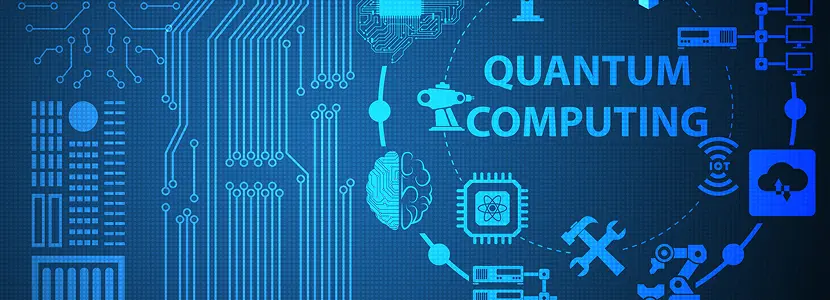
Quantum computing uses the principles of quantum mechanics to perform calculations at speeds impossible for traditional computers. While still in its early stages, quantum computing is expected to revolutionize industries like cryptography, drug discovery, and materials science in the coming years.
 Why Quantum Computing Matters in 2025
Why Quantum Computing Matters in 2025
Unbreakable Encryption: Quantum computers could create encryption methods that are impossible to hack using classical computers.
Faster Problem Solving: Quantum computers can solve complex problems in seconds that would take classical computers years.
New Drug Discovery: Quantum simulations could help design new medicines and materials.
 Examples of Quantum Computing in Action
Examples of Quantum Computing in Action
Google’s Sycamore Processor – Completed a task in 200 seconds that would take a classical supercomputer 10,000 years.
IBM Quantum Experience – Provides cloud-based access to quantum computing.
D-Wave Systems – Focused on solving optimization problems with quantum technology.
Market Insights
| Metric | Value | Source |
|---|---|---|
| Quantum computing market size in 2025 | $3.62 billion | Business Research |
| Number of connected IoT devices by 2025 | 30.7% | Statista |
Sustainable Software Development (Green Coding)
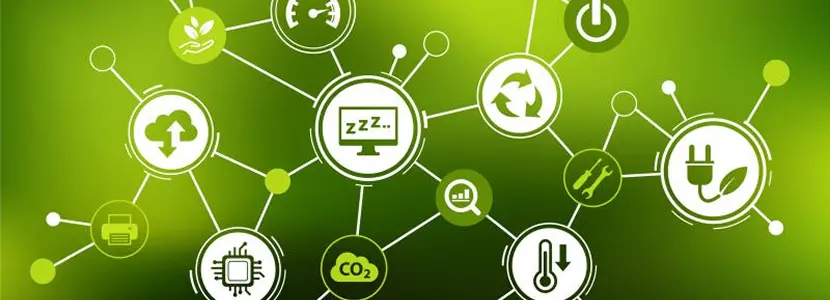
Sustainable software development focuses on reducing the environmental impact of software. This involves writing more efficient code, reducing energy consumption, and using eco-friendly data centers.
 Why Green Coding Matters in 2025
Why Green Coding Matters in 2025
Lower Carbon Footprint: Data centers are responsible for 1% of global electricity use.
Consumer Demand: 60% of consumers prefer eco-friendly brands.
Cost Savings: Efficient software reduces infrastructure and energy costs.
 Trends in Green Coding
Trends in Green Coding
Energy-Efficient Code: Developers will use more efficient algorithms to reduce processing power.
Sustainable Hosting: Companies will shift to cloud providers that use renewable energy.
Serverless Computing: Reduces the need for physical servers.
 Examples of Green Coding in Action
Examples of Green Coding in Action
Google Cloud: Carbon-neutral and powered by renewable energy.
AWS: Committed to running on 100% renewable energy by 2025.
Facebook: Using AI to reduce data center energy use by 30%.
Market Insights
| Metric | Value | Source |
|---|---|---|
| Percentage of data centers using renewable energy | 75% | Gartner |
| Growth in eco-friendly software development | 10.6% CAGR | Straits Research |
Conclusion
The software development world in 2025 will be shaped by AI, low-code platforms, cloud computing, and sustainability. Businesses that embrace these trends will gain a competitive edge and deliver better products or services to their users. The future of software development is fast, smart, and green.
At Brevity Technology Solutions, we help businesses stay ahead by integrating these cutting-edge technologies into their software development processes. Whether you’re looking to implement AI solutions, transition to cloud-native applications, or improve security, our team is here to guide you every step of the way.
Want to future-proof your software development strategy?
Let’s explore solutions tailored to your business needs!
Related Post
-
F
-
A
-
Q
The key trends include Artificial Intelligence (AI) and Machine Learning (ML), low-code and no-code development, cloud-native development, blockchain technology, edge computing, cybersecurity, progressive web apps (PWAs), Internet of Things (IoT), quantum computing, and sustainable software development (green coding).
AI and ML automate complex tasks, improve predictive capabilities, and offer personalized user experiences. Tools like GitHub Copilot and TensorFlow boosts developer productivity by suggesting code snippets and automating repetitive processes.
Cloud-native development allows developers to create scalable, resilient applications that are automatically deployed and managed in the cloud. It reduces operational costs and improves flexibility by using containerized microservices and serverless functions.
PWAs are web-based applications that offer a mobile app-like experience, including offline access, push notifications, and fast load times. They don’t require app store installation, simplifying updates and maintenance.
Retail, media, and e-commerce industries are rapidly adopting PWAs due to their fast performance, offline functionality, a`nd user-friendly experience.
DevSecOps integrates security into the development lifecycle from the beginning, using automated security testing and real-time monitoring to identify and fix vulnerabilities early.
Ransomware, phishing attacks, and API vulnerabilities will remain major threats. AI-based attacks and deepfake technology are also emerging challenges for security teams.
AI will automate coding, testing, and debugging, allowing developers to focus on creative and strategic tasks. Tools like Tabnine and GitHub Copilot will offer intelligent code suggestions, and AI-based testing will identify and fix bugs more efficiently.
AI-powered tools like GitHub Copilot and Tabnine analyze code patterns and suggest complete code snippets, functions, and even full modules. Developers can use these suggestions to speed up development and reduce bugs. AI also helps with auto-completion, syntax correction, and performance optimization.
Cloud-native development allows users to build and run applications using cloud-based technologies. It consists of microservices, containerization and DevOps automation. These apps are flexible, fast, and easy to update.
- Faster innovation and deployment
- Cost savings with on-demand cloud resources
- Scalability to handle growing user demands
- Improved performance and security
Want to Scale
Your Business? Let’s Meet & Discuss!

CANADA
30 Eglinton Ave W Mississauga, Ontario L5R 3E7

INDIA
3rd floor Purusharth Plaza, Amin Marg, Rajkot, Gujarat. 360002
Get a Quote Now
Let's delve into a thorough understanding of your challenges and explore potential solutions together
